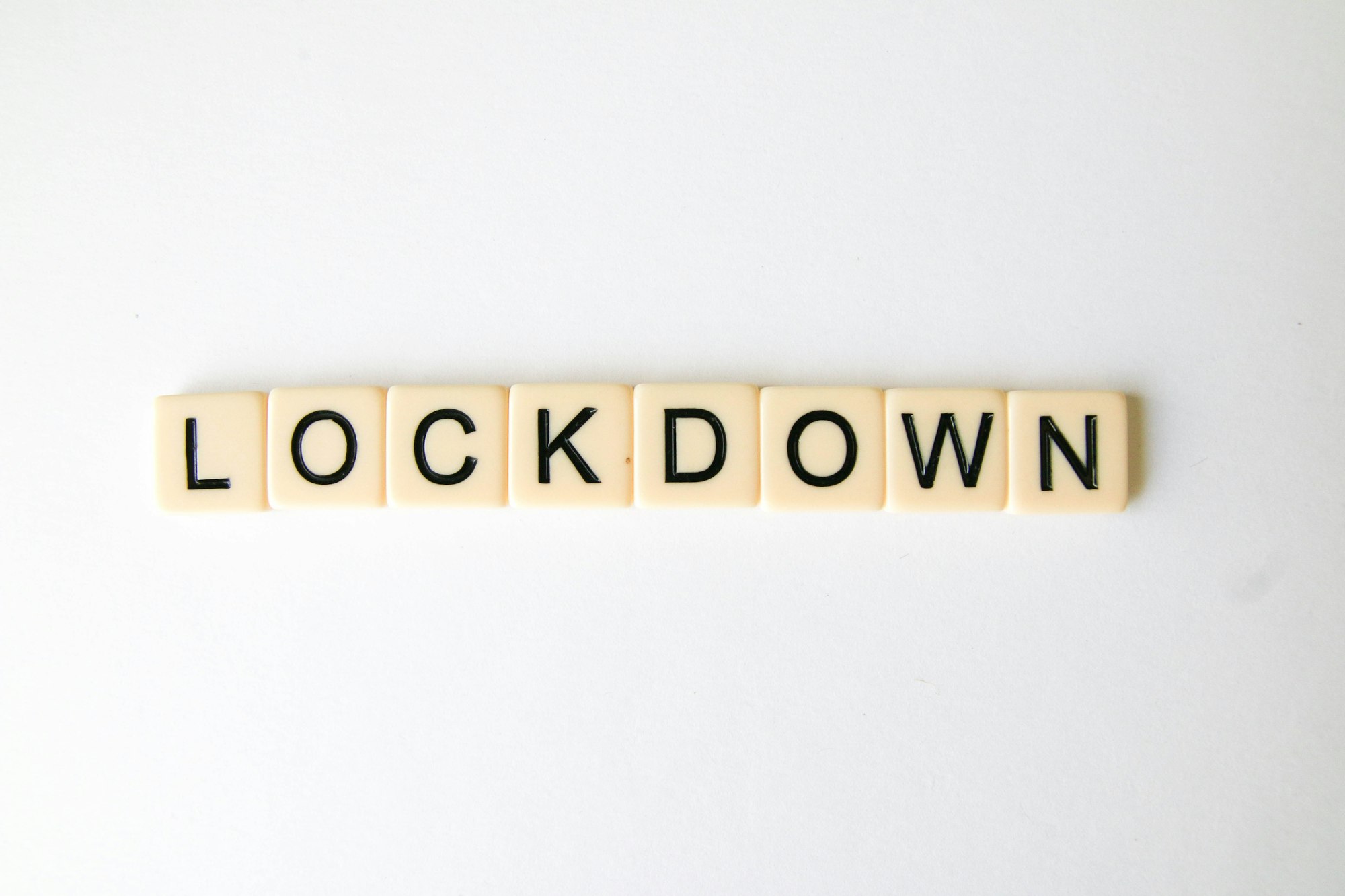View the Country Report for Austria in the Oxford Compendium of National Legal Responses to Covid-19
From a legal perspective, three major phases of management of the Covid-19 crisis in Austria can be distinguished so far. The first phase began in March 2020 with the adoption of several statutes (Gesetze) to address the crisis, including the Covid-19 Measures Act, which shortly thereafter became the legal foundation for a lockdown imposed by ministerial ordinance. This initial lockdown lasted until the end of April 2020, after which Covid-19 measures were relaxed. In July 2020, the Austrian Constitutional Court ruled that the Covid-19 Measures Act was not a sufficient legal basis for a comprehensive lockdown and therefore declared the stay-at-home restrictions imposed in March and April 2020 unlawful. From a medical point of view, however, these had achieved their purpose, and Austria managed the first wave rather satisfactorily. The legal response to the first wave can accordingly be classified as 'useful substance in bad shape'.
As a reaction to the decisions of the Constitutional Court in July 2020, a comprehensive amendment of the Covid-19 Measures Act was enacted in September 2020. Since then, the legal basis for lockdown measures has been much more precise. From a legal perspective, one can accordingly speak of a second phase of pandemic management, starting at the end of September 2020 and characterized by a much more precise statutory basis, but also increasing political problems. Since the autumn of 2020, the federal provinces have had a greater political say in the adoption of measures in the federal State of Austria, even though the regulation of infectious diseases is fundamentally a federal matter in terms of legislation and enforcement. However, as the federal provinces are considerably involved in the enforcement of this legislation, their political weight must not be underestimated. As not all federal provinces always agreed with the strict measures proposed by the federal Government, this often slowed down their implementation. In addition, as the pandemic progresses, the willingness to comply with Covid-19 measures is also partly diminishing, as evidenced by the increasing numbers of infections during the autumn of 2020 and, again, in March and April 2021. Finally, the vaccination campaign in Austria has been beset with problems, with a pace of vaccination coverage at best in the middle range in Europe. All of this has led to a situation in which, despite much better legal foundations, tough measures are often taken at a later point in time and, in some cases, more half-heartedly than before. Nevertheless, there have been two more hard lockdowns including stay-at-home orders between November 2020 and the end of January 2021, with night-time exit restrictions in force from November 2020 until the end of the period.
A third phase of Covid-19 measures started in February and March 2021 with an increasing regionalization of measures: in some cases, mandatory exit tests were decreed for large areas of federal provinces, and from the beginning of April 2021, for the first time a hard lockdown was decreed, not for the whole country but only for three out of nine federal provinces, including the capital Vienna. At the end of May 2021, measures were relaxed considerably. Tourism and events started again, based on the '3-G-rule': getestet, geimpft, genesen (tested, vaccinated, or recovered).



